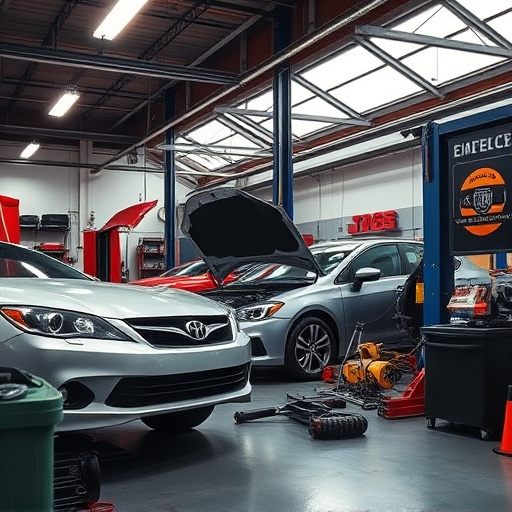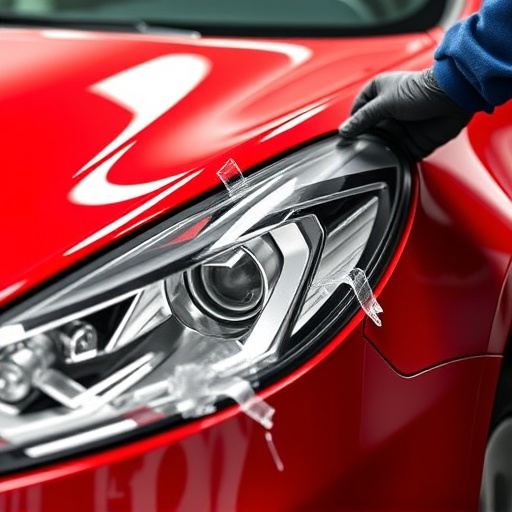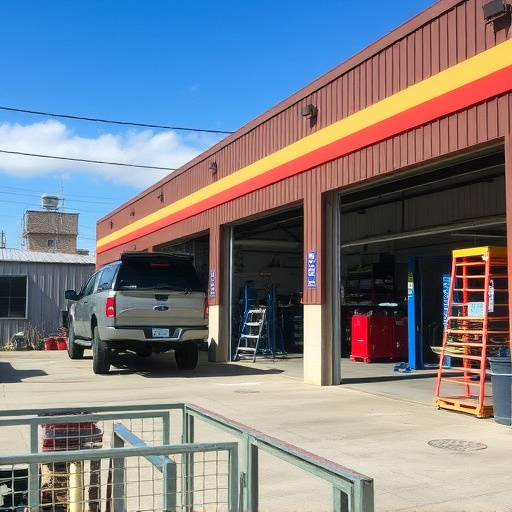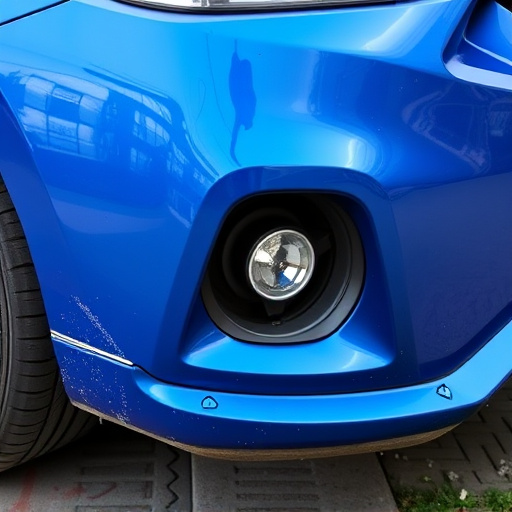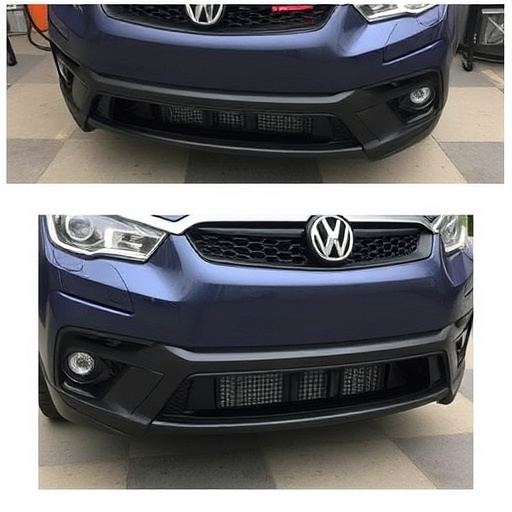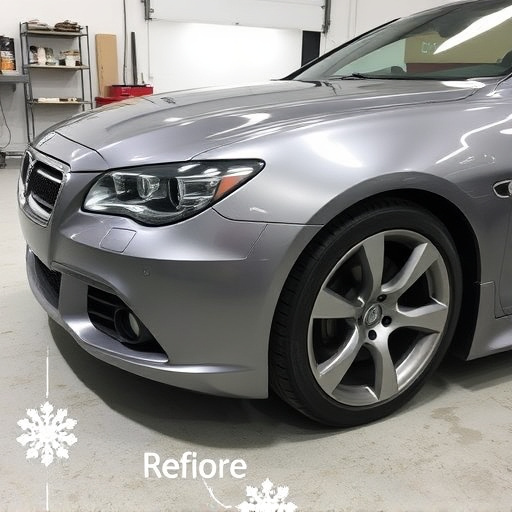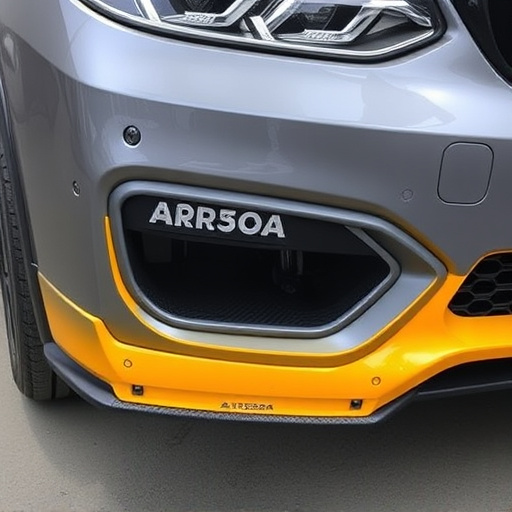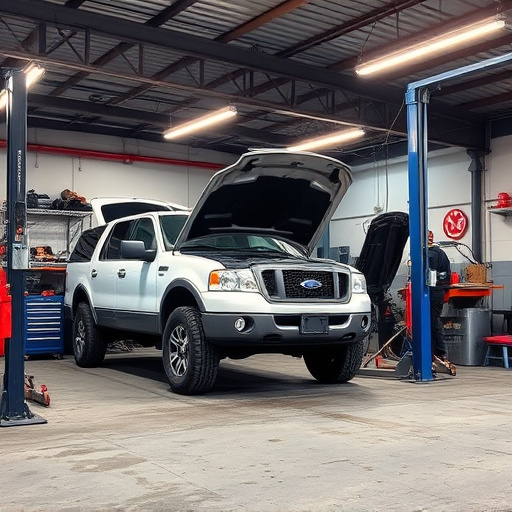Specialty collision hardware, including precision tools, sanding equipment, and adhesives, is crucial for intricate automotive bodywork repairs and restoration. Efficient storage systems, featuring labeled bins, racks, and shelves, enhance organization in auto body shops, reducing downtime. These customized solutions consider climate control and security to prevent damage and safeguard inventory. By maximizing productivity through strategic workspace layout and proper tool placement, body shops can streamline operations, ensure higher-quality repairs, and ultimately boost profitability.
In the realm of automotive repair, specialty collision hardware plays a pivotal role in ensuring precise and efficient crash reconstruction. This article explores the best practices for storing and utilizing these specialized tools, offering valuable insights for workshops aiming to maximize productivity. From understanding the diverse range of specialty collision hardware to implementing optimal storage solutions, we guide you through effective strategies that streamline collision repair processes. Learn how to make the most of these crucial components in your workshop.
- Understanding Specialty Collision Hardware: Definition and Types
- Optimal Storage Solutions for Efficient Collision Repair
- Effective Use Strategies to Maximize Productivity in Workshops
Understanding Specialty Collision Hardware: Definition and Types

Specialty collision hardware refers to specialized tools, equipment, and components designed for intricate repairs and restoration work in the automotive industry, specifically focusing on car bodywork services. These items are crucial for achieving precise results during complex vehicle paint repair processes. The market offers a diverse range of such hardware, catering to various needs within the field.
From precision measuring tools to advanced sanding equipment and specialized adhesives, each piece plays a unique role in ensuring quality craftsmanship. Automotive restoration professionals rely on these tools to handle challenging tasks, such as fixing intricate body panels, re-creating original finishes, and achieving seamless repairs that match the vehicle’s overall aesthetics. Understanding the specific types of specialty hardware and their applications is key for car bodywork services aiming to provide top-tier repairs and restore vehicles to their former glory.
Optimal Storage Solutions for Efficient Collision Repair

In an auto body shop, efficient storage of specialty collision hardware is paramount to ensuring a smooth workflow and optimal repair outcomes. Optimizing storage solutions allows for quick access to essential tools and parts, reducing downtime during the repair process. Customized storage systems, such as labeled bins, racks, and shelves tailored to the specific needs of the car body shop, can significantly enhance organization and accessibility. By storing hardware in easily identifiable locations, technicians can save time and energy, enabling them to focus on delivering high-quality body shop services with precision and speed.
Additionally, considering factors like climate control and security measures within the storage area is crucial. Suitable environmental conditions prevent damage caused by extreme temperatures or humidity, ensuring that specialty collision hardware remains in top condition. Robust security features also safeguard against theft or accidental damage, contributing to a well-maintained inventory for any auto body shop. Such practices not only streamline operations but also ensure the availability of reliable tools and parts when needed most during collision repairs.
Effective Use Strategies to Maximize Productivity in Workshops
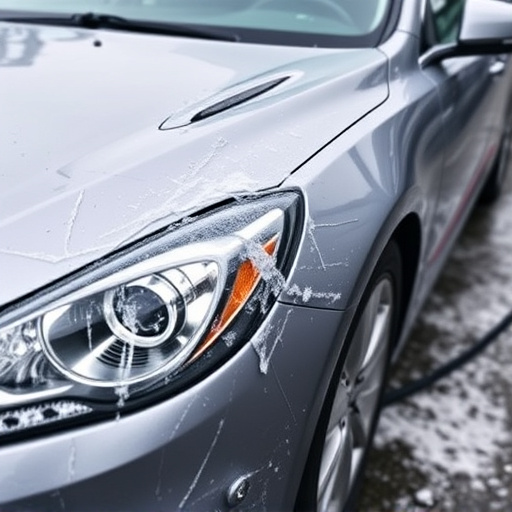
In any vehicle body shop, the effective use of specialty collision hardware is a key driver of productivity and efficiency. Optimizing workspace layout and ensuring tools are readily accessible can significantly streamline operations in auto glass repair and car restoration processes. A well-organized workshop allows technicians to quickly locate and utilize specific hardware, reducing downtime and enhancing overall productivity. For instance, strategically placing commonly used items within easy reach expedites the work process, enabling faster turnaround times for repairs.
Additionally, implementing a systematic storage solution for specialty collision hardware can greatly benefit workshops. Proper labeling and categorization ensure that parts are stored efficiently and easily retrievable when needed. This not only saves time but also minimizes the risk of damage to delicate components during the car restoration process. An optimized workspace that leverages these strategies enables technicians to maximize their productivity, ultimately contributing to a more successful and profitable vehicle body shop.
By implementing best practices for storing and utilizing specialty collision hardware, auto repair workshops can significantly enhance their efficiency and productivity. Understanding the diverse types of this specialized equipment and adopting tailored storage solutions are key steps in maximizing workflow optimization. Through effective strategies for use, workshops can ensure that these valuable tools not only last but also serve as indispensable assets in delivering high-quality collision repairs.
